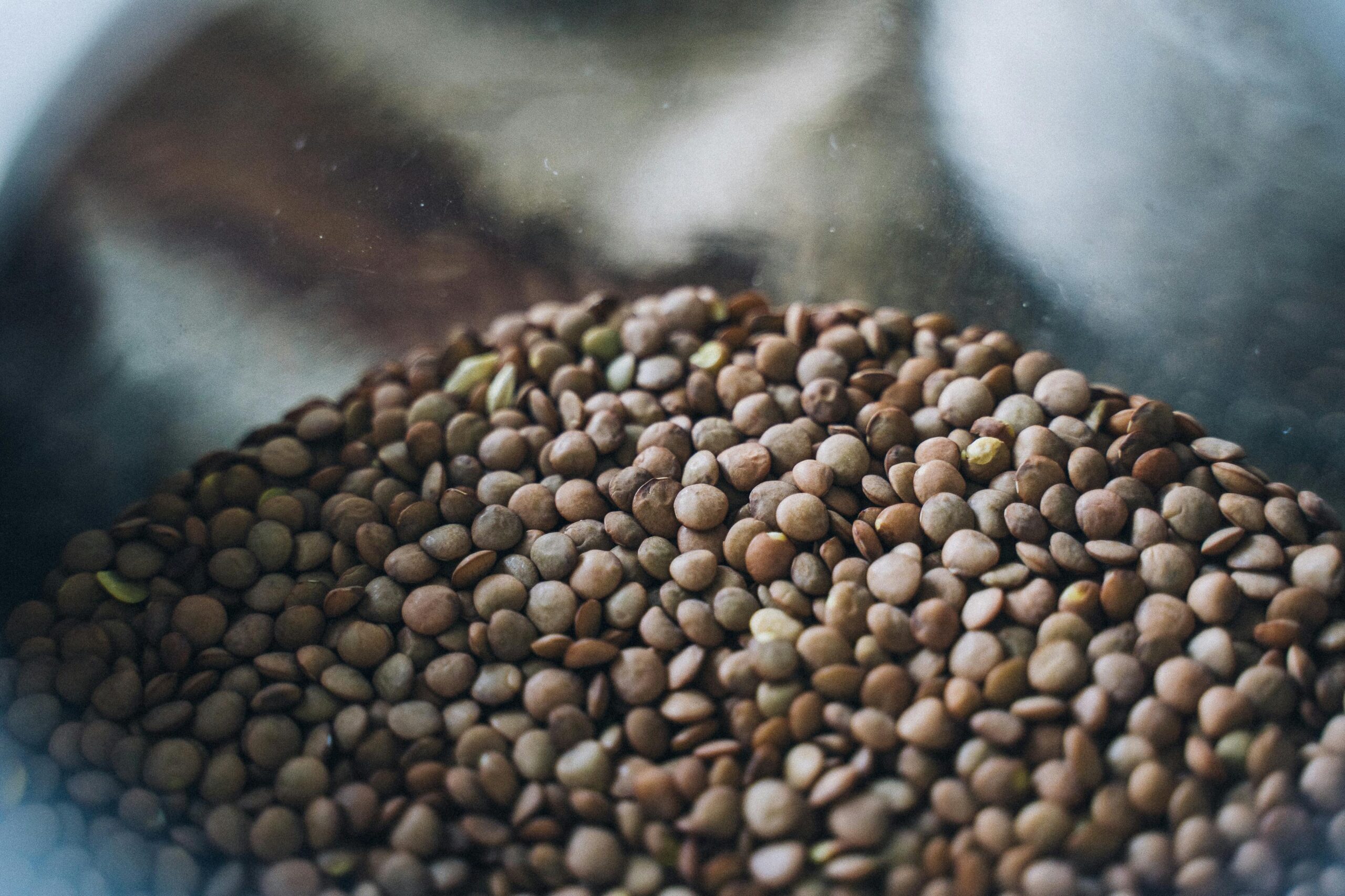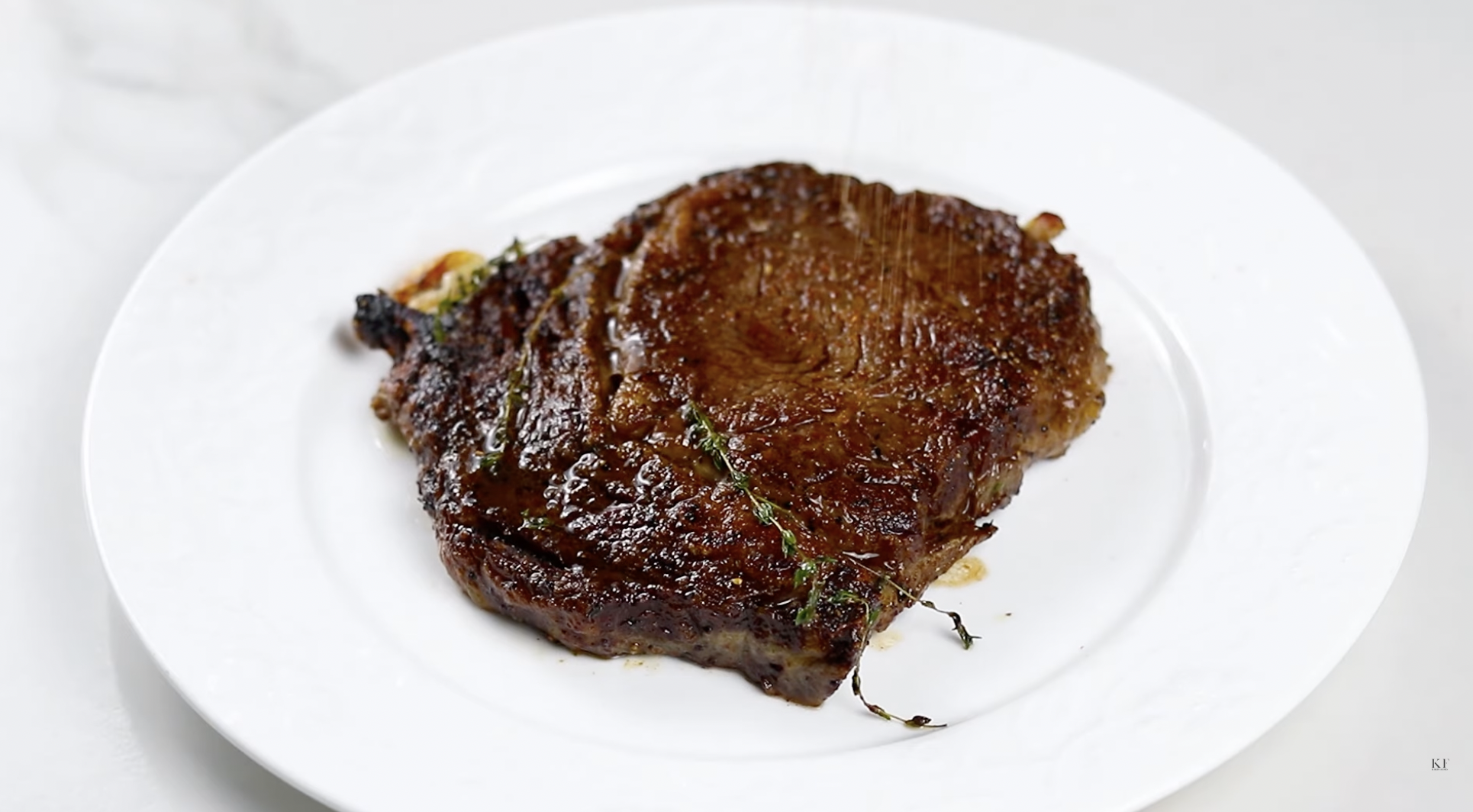Features
Juliet Tontoye: How Much Do You Know About Beans?

Beans is an important staple food in Nigeria and is referred to by different names across the country’s diverse dialects. This versatile food is commonly found in many Nigerian households and plays a significant role in the socio-cultural experiences of most Nigerians, especially as a beloved weekend morning dish.
If you ask a Nigerian about the varieties of beans available, you will likely hear types like Oloyin beans (Honey beans), Milk/Butter beans, White beans (ewa funfun or potasco), Brown beans (Drum or ewa olotu), Oloyin wewe, Sokoto wewe (small white beans or ewa wewe), Phyton beans (ewa oloka), and Black Eyed beans (also known as white iron beans). These varieties are often used interchangeably in popular dishes like bean porridge, akara, moi-moi, and ewa agoyin, depending on preference.
Globally, there are over 40,000 varieties of beans, found in different colours and flavours, and grown in diverse climates. Rich in plant-based protein, fibre, minerals, and low in fat, beans is beloved across continents. Yet, some varieties hide a more sinister side.
For instance, the Calabar Bean. Indigenous to Calabar, this leguminous plant produces a poisonous seed also known as the Ordeal Bean. The Efik people of Old Calabar (present-day Cross River State, Nigeria) once used it as a judicial tool in a traditional system called the Esere Ordeal, which I think is called Chopping Nut in Pidgin English. The seed was crushed, soaked in water until the liquid turned milky, and given to an accused person to drink. If the person vomited after walking around, they were deemed innocent. If they died, then they are considered guilty. Hence, the nickname Ordeal Bean.
Red Kidney Beans are a more familiar variety used in Nigerian dishes like fried rice and salads. But few know that they can be dangerous if eaten raw. They contain high levels of phytohaemagglutinin (PHA), a toxin that can cause vomiting, diarrhoea, and abdominal pain within hours. Just 4–8 raw kidney beans can cause serious harm. Proper preparation is key: soak them in water for at least five hours, rinse thoroughly, then boil for a minimum of 30 minutes. Avoid slow-cooking methods as they don’t eliminate the toxin and may even worsen its effect. Perhaps this explains why most Nigerians opt for pre-cooked or canned kidney beans.
Because of toxins like Lectin and PHA, the preparation of beans follows a near-global consensus. Whether it’s soaking to reduce oligosaccharides (which cause gas), parboiling to reduce cooking time, or pressure-cooking to neutralise harmful proteins, proper methods ensure beans are safe and digestible. High heat, in particular, is effective in breaking down lectins that can cause discomfort.
In Nigeria, we’re well-versed in our classic bean-based dishes—ewa agoyin, porridge beans, akara/kosai, moi-moi, ekuru, gbegiri, shinkafa da wake (rice and beans), adalu (beans and corn), and more. But across the globe, beans is prepared in equally fascinating and delicious ways. Here are some examples:
Falafel – Deep-fried balls or patties made from chickpeas or fava beans, falafel is a beloved Middle Eastern street food found in countries like Turkey, Lebanon, Egypt, Syria, and Israel. While Israel considers it a national dish, falafel’s roots stretch across the Arab world, including Yemen.
Feijoada – A rich stew from Portuguese-speaking countries like Brazil, Portugal, and Mozambique, made with black or red beans and a variety of meats. In Brazil, it’s a national dish served with rice, farofa, citrus slices, and greens.
Gallo Pinto – A Central American favourite in Nicaragua and Costa Rica, made from stir-fried pre-cooked beans (red or black) and rice with onions, peppers, and coriander. It’s more than a dish—it’s a cultural symbol.
Frijoles Charros – From Mexico, this soupy dish features pinto beans cooked with bacon, onion, garlic, chilli, and often sausage or chorizo. Its name honours the traditional charro horsemen of Mexico.
Edamame – Young green soybeans from Japan, typically steamed or boiled and salted. Served as an appetiser, it is a staple in Japanese restaurants and izakayas.
Cassoulet – France’s answer to pork and beans. Originating in the southwest, cassoulet is a slow-cooked stew made with white beans, duck confit, sausage, and pork, akin to jollof rice in terms of cultural pride.
Asian Red and Mung Beans – In East Asia, beans is just savoury. Adzuki and mung beans are used in sweets like red bean soup, pastries, and desserts. Mung beans are also used in savoury soups and stir-fries.
Frejon – From the Portuguese word Feijão (beans), Frejon is a coconut milk and black bean pudding eaten during Holy Week, particularly Good Friday, by Christians who abstain from meat and dairy. Popular in Brazil, Sierra Leone, and among the Afro-Brazilian Yoruba community in Nigeria, it’s often paired with fried fish or peppered snail and served with Ijebu garri.
Beans experience life in a million different ways across borders, beliefs, and cuisines. When next you think of beans, remember it’s more than moi-moi or akara. It’s a food that connects us globally. So if you want to taste life in Asia, Arabia, the Caribbean, France, or Central America, try their beans.
***
Featured Image by Anna Tarazevich for Pexels





















